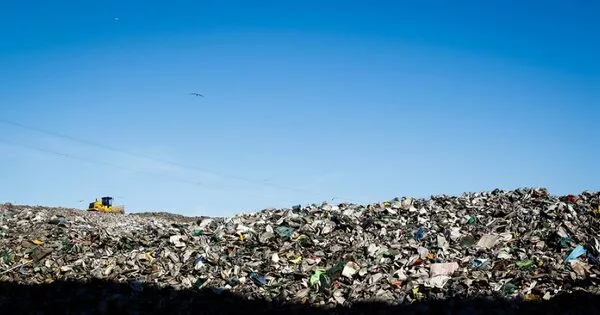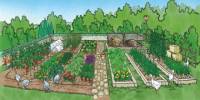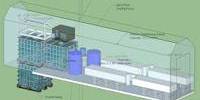The reuse of abandoned, derelict, or underutilized sites for redevelopment or repurposing is known as land recycling. The process of reusing or reviving previously constructed or contaminated property for new purposes, often for economic, residential, or environmental benefits, is referred to as brownfield redevelopment. This method contrasts with greenfield development, which involves the utilization of new, unused land for construction or other uses.
The reuse of abandoned, derelict, or underutilized sites for redevelopment or repurposing is referred to as land recycling. The process of reusing or reviving previously constructed or contaminated property for new purposes, often for economic, residential, or environmental benefits, is known as brownfield redevelopment. This is in contrast to greenfield development, which involves the utilization of new, unused land for construction or other purposes.
Land recycling typically benefits and spurs reinvestment in historically underserved areas because many abandoned and underutilized properties are located in economically vulnerable and disadvantaged communities. However, due to the historical use of these locations, there may be numerous health dangers when working with the land, including metals, plastics, asbestos, glass shards, gas production, and radioactive chemicals. Brownfields are environmentally damaged properties that require site cleanup and mitigation.
Key aspects and goals of land recycling include:
- Environmental Remediation: Many brownfield sites, which are vacant or underutilized assets that may have been contaminated by previous industrial or commercial activity, require environmental cleanup before they can be redeveloped. To ensure that the land is safe for future uses, remediation procedures may include removing or treating contaminants such as toxic chemicals, heavy metals, or pollution.
- Economic Revitalization: Land recycling can help metropolitan economies expand by attracting new firms, providing jobs, and improving property prices. It frequently entails transforming desolate or economically challenged regions into vibrant, productive spaces.
- Infrastructure Optimization: Redevelopment of existing urban or industrial sites can make better use of existing infrastructure such as roads, utilities, and transportation networks, decreasing the need for expensive new infrastructure in underdeveloped areas.
- Housing and Community Development: Land recycling can lead to the creation of affordable housing and mixed-use developments, which can enhance the quality of life for residents and promote community development.
- Preservation of Green Spaces: Land recycling helps safeguard natural green areas and open lands from being turned into new development by reusing previously built land, so helping to biodiversity protection and general environmental sustainability.
- Sustainable Urban Planning: Land recycling is consistent with the ideas of sustainable urban planning and smart growth, which stress compact, well-designed communities that limit reliance on automobiles, encourage walkability, and support public transportation.
Land recycling is critical to sustainable urban development because it promotes responsible and efficient use of land resources while also resolving environmental and economic issues associated with abandoned or contaminated sites.
















